After decades of tube houses, it is very difficult to handle.
On the morning of June 20, continuing the 7th Session, the National Assembly discussed in the hall the Hanoi Capital Planning for the 2021-2030 period, with a vision to 2050; the overall adjustment project of the Hanoi Capital Master Plan to 2045, with a vision to 2065.
Speaking at the meeting, delegate Nguyen Anh Tri (Hanoi) expressed his concern about the issue of developing the Red River axis so that the Red River can truly be the development center of the capital, with a harmonious distribution of ecological, cultural, and modern urban historical spaces.
Regarding the renovation of old apartments, delegates said that this is a very good issue, especially in the face of the extremely serious fire and explosion situation that is happening. Therefore, this is an urgent and pressing issue that needs to be implemented.
According to the Hanoi delegation, the issue of re-planning the city must pay attention to "having wide roads to travel on", having clear roads to prevent fires or serious incidents. The delegate emphasized that this must be done by all means.
Besides, delegate Tri also raised the issue of how to eliminate tube houses in Hanoi, affirming that this content needs to be discussed with the people to create high consensus.
“We have gone through decades of tube houses, and now it is very difficult to handle and repair. We should take this opportunity to gradually limit the number of new tube houses and re-plan for change,” the delegate emphasized.
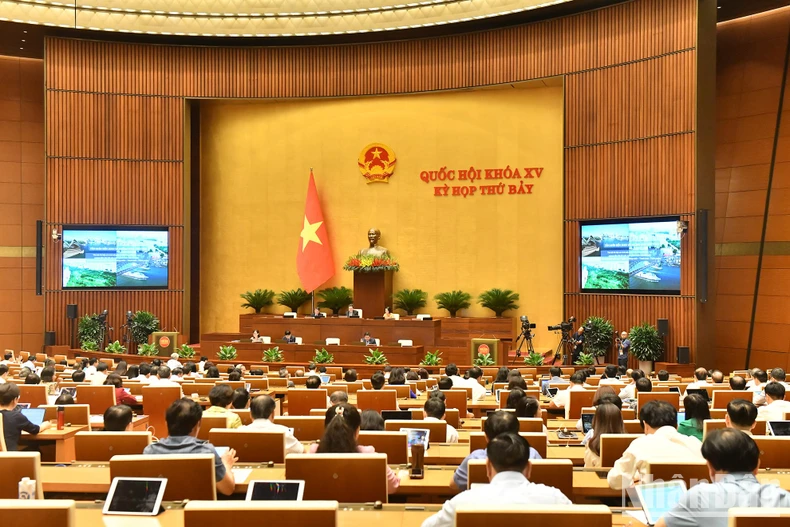 |
National Assembly delegates watch a video clip about the capital's development planning. (Photo: DANG KHOA) |
Regarding the issue of elevated roads, delegates suggested that they should only be developed in the outer areas, and that they should be limited to the inner city and crowded places, such as the old town and streets with many modern high-rise buildings. If elevated roads are built, they will completely block the view and make the street look bad.
Regarding the planning of the capital's healthcare system, delegate Tri emphasized that this is a plan not only for the people of the capital but also for the entire region, even the entire country.
According to the delegate, most of the major hospitals and leading hospitals are concentrated in Hanoi. Therefore, major hospitals, especially specialized hospitals, should be highly concentrated, and there should even be medical centers and specialized institutes to coordinate.
Capital planning must have converging elements, representing the development of the whole country.
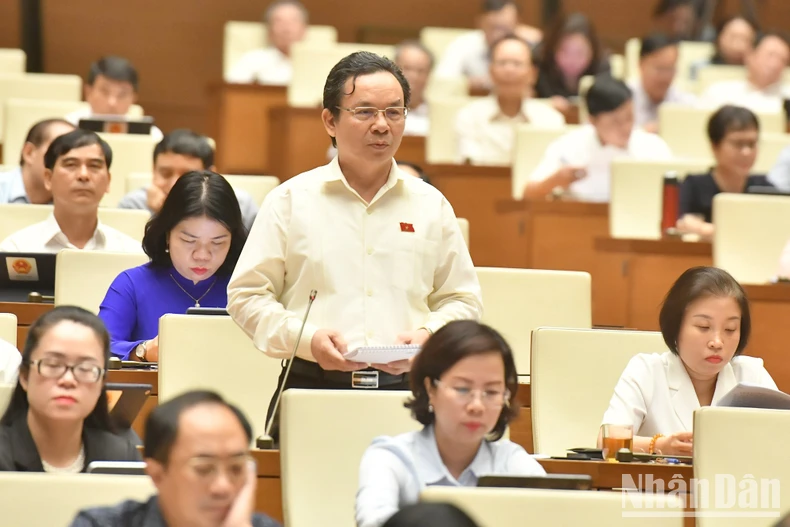 |
Delegate Hoang Van Cuong (Hanoi) speaks. (Photo: DANG KHOA) |
Commenting on the planning content, delegate Hoang Van Cuong (Hanoi) said that the planning of the Capital is a provincial planning but not like the planning of other provinces which is only for one locality. The planning of the Capital is a planning for the capital of the whole country so it must have converging factors, representing the development of the whole country.
According to the delegate, Hanoi needs to focus on solving the biggest bottleneck problem of traffic, investing in building 14 inner-city railway lines, and having a network sufficient for railway use, then traffic congestion will be solved.
According to Mr. Cuong, when the railway network is connected, the population will be dispersed, especially connecting provinces in the Hanoi area such as Bac Ninh, Hung Yen, Ha Nam... and building satellite urban areas.
“Connectivity needs to be prioritized first, then residents will automatically move out of old apartment buildings and low-rise housing areas to high-rise residential areas in the suburbs,” said Mr. Cuong.
According to delegates, it is necessary to plan residential areas associated with commercial and service areas and underground spaces, connecting the railway and public transport networks.
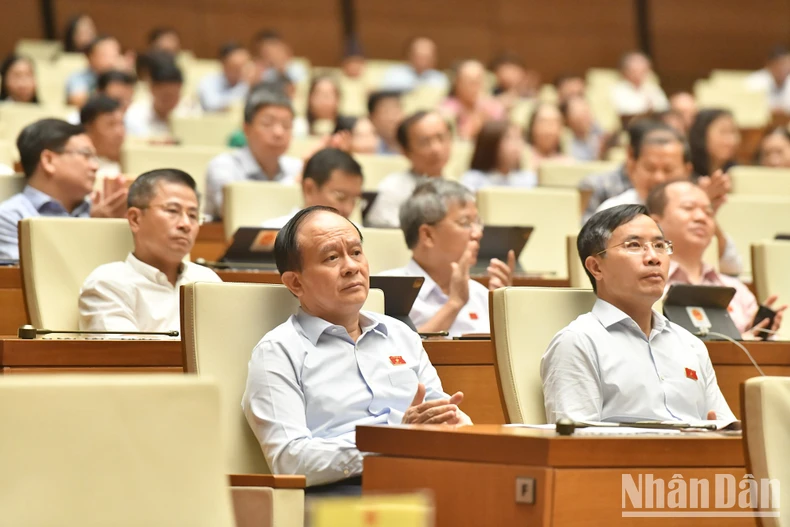 |
National Assembly deputies working in the hall. (Photo: DANG KHOA) |
Regarding the Red River landscape axis in the planning project, delegate Cuong said: Hanoi takes the Red River as a landscape space, a future spatial axis, it is necessary to build a heritage road along the Red River, thereby connecting urban areas and urban chains.
Mr. Cuong also noted that Hanoi needs to have a policy to support people in the Old Quarter to move to the suburbs with the view of not reclaiming their houses, still preserving their assets, only supporting the State-people to combine exploiting commercial services.
“Allow investors to renovate old neighborhoods and old streets to turn these areas into accommodation centers and exploit the night-time economy. Currently, we are only exploiting the area around Hoan Kiem Lake. We need to expand the night-time economy model to 36 streets,” delegate Cuong proposed.
Without a breakthrough mechanism, when will Hanoi complete 14 railway lines?
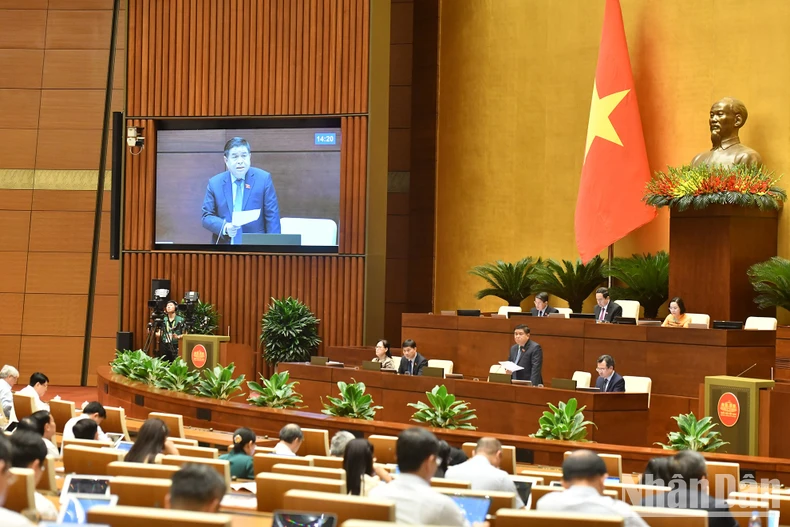 |
Minister of Planning and Investment Nguyen Chi Dung speaks. (Photo: DANG KHOA) |
Giving comments on the overall adjustment project of the Hanoi Capital Master Plan, Minister of Planning and Investment Nguyen Chi Dung affirmed that Hanoi needs a mechanism to complete 14 railway projects and routes.
The Minister said that currently, it takes 12-15 years for the city to complete a railway project, while according to the plan, 14 urban railway lines must be completed by 2035, so there is a risk that it cannot be implemented.
“Hanoi has planned 14 urban railway lines, the capital required is about 40 billion USD and Hanoi must complete these lines before 2035, which means there are still 11 years left. However, currently it takes us an average of 12-15 years to complete a railway project. If there is no breakthrough mechanism, when will we complete it?”, Mr. Nguyen Chi Dung expressed his concern.
The Minister stated that Hanoi needs to develop a clear policy mechanism to prioritize what to do first and what to do later to complete the railway construction plan assigned by the Politburo.
"Hanoi must develop the most feasible plan, including accompanying mechanisms and priorities, only then can we have the future capital Hanoi that we desire," said the Minister of Planning and Investment.
The Minister also commented that the planning has oriented the organization of the Red River development space to become an ecological, cultural and economic space and a place to demonstrate the development symbols of the Capital, in which the Red River axis becomes the convergence center, the appearance and important highlight of the Capital region, the region of the urbanized Red River Delta.
However, the study also needs to resolve conflicts in the planning scheme of the Red River axis to ensure consistency with other plans, such as flood control and dykes, approved by the Prime Minister.
In order for planning to be truly meaningful and highly feasible, the Minister emphasized the importance of reviewing to consider the synchronization and consistency between plans to avoid conflicts and contradictions that would have to be "paid for" or have to be adjusted inappropriately.
Establishing dynamic and specific mechanisms for the Capital
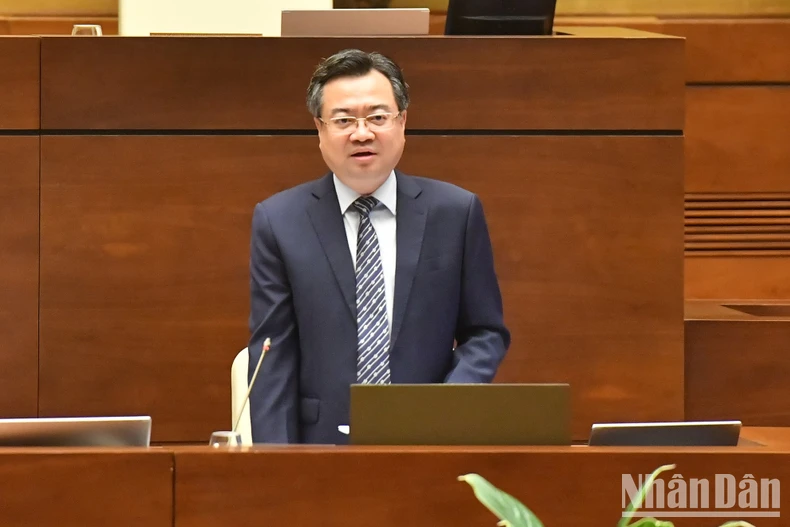 |
Minister of Construction Nguyen Thanh Nghi speaks. (Photo: DANG KHOA) |
Speaking at the meeting, Minister of Construction Nguyen Thanh Nghi stated that this project is adjusted in line with development strategies such as cooperation and association, cultural heritage development, green development, establishing a livable environment, smart and sustainable urban areas, as well as establishing dynamic and specific mechanisms for the capital.
According to the Minister, the new points of this project come from the actual development and through review and evaluation to adjust the development forecast for the Capital in accordance with the Capital Planning.
In addition, the project also inherits and adjusts the scale of the urban structure, with the urban structure being a multi-polar, multi-center urban cluster with 5 urban areas: the central urban area, the eastern urban area, the northern urban area, the western urban area, the southern urban area and this urban system is separated by green corridors as well as connected by a belt traffic system and radial traffic.
Fourth, this project raises the issue of controlling the development of urban and rural spaces. With this project, we have built a typical architectural planning form for the capital Hanoi in urban and rural areas as well as strictly controlling the planning of building height and construction density of each area, especially the inner city area as suggested by the National Assembly delegates.
According to the Minister of Construction, the selection of land use, space use, technical infrastructure and development requirements in specific functional areas are also clarified in this project.
In addition, the project also adjusts and supplements solutions for planning green and smart technical infrastructure systems to suit the development orientation of the Capital, as well as to suit the development orientation in national sectoral plans identified for each stage to ensure regional infrastructure connectivity, develop smart public transport as well as develop other technical infrastructure.
The Minister also stated that urban development according to the TOD model is a new and focused point in implementing this planning phase to renovate and reconstruct urban areas, focusing on urban construction, urban embellishment, and exploiting public transport infrastructure.
Accordingly, investment is focused, planning is oriented and the Red River is identified as the spatial axis and development symbol of the Capital.
“This is the highlight of our planning this time and the details that the National Assembly delegates have reviewed in the documents, files as well as in the video clip and applied the city model in the Capital. This matter has been clearly reported to the National Assembly delegates in the documents,” the Minister stated.
Regarding infrastructure to meet the development requirements of the Capital, the planning has determined the development of a second airport in the capital region as well as to determine the traffic infrastructure system and technical infrastructure to serve and meet the development requirements of the Capital in the coming time and period.
Regarding underground space planning, the Minister said that the Law on Urban Planning has stipulated this, but currently only the capital Hanoi is allowed to implement underground space planning for some urban areas.
However, to meet the development requirements in the new period, to effectively exploit space and land resources, underground space planning for the capital will continue to be focused on investment and concretized in this planning.
Source: https://www.vietnam.vn/dai-bieu-quoc-hoi-de-xuat-cap-thiet-cai-tao-chung-cu-cu-tai-ha-noi/


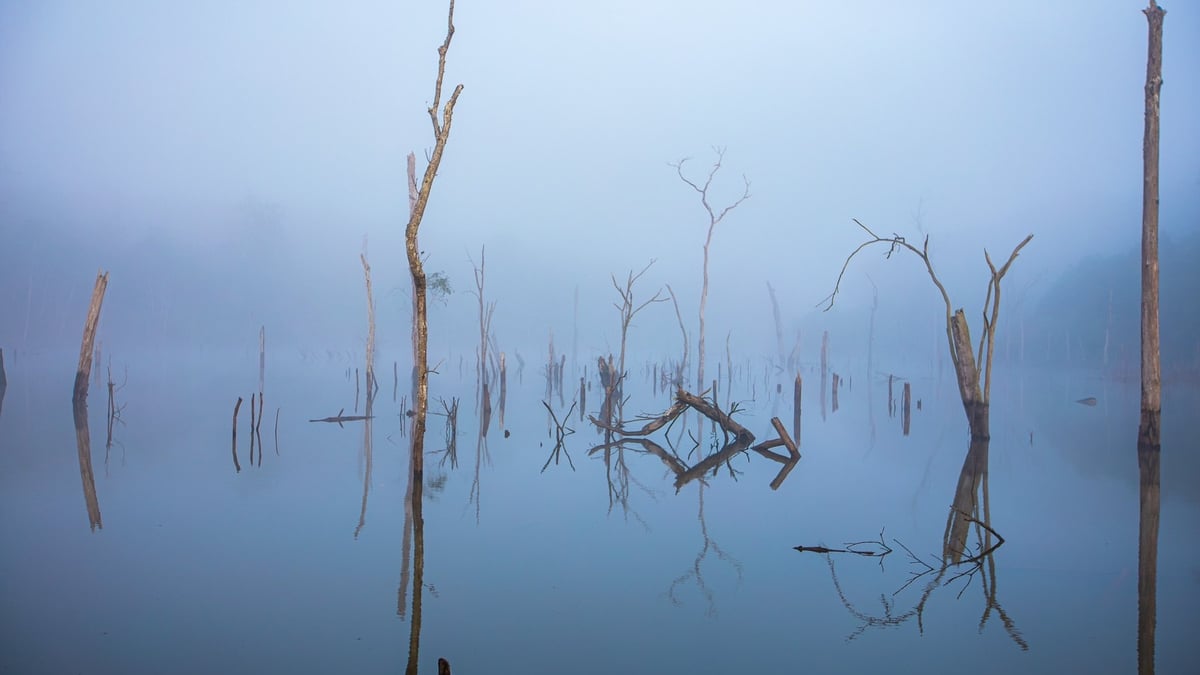

![[Photo] National Assembly Chairman Tran Thanh Man meets with Thai Prime Minister Paetongtarn Shinawatra](https://vphoto.vietnam.vn/thumb/1200x675/vietnam/resource/IMAGE/2025/5/15/e71160b1572a457395f2816d84a18b45)
![[Photo] Prime Minister Pham Minh Chinh receives Country Director of the World Bank Regional Office for Vietnam, Laos, Cambodia](https://vphoto.vietnam.vn/thumb/1200x675/vietnam/resource/IMAGE/2025/5/15/2c7898852fa74a67a7d39e601e287d48)


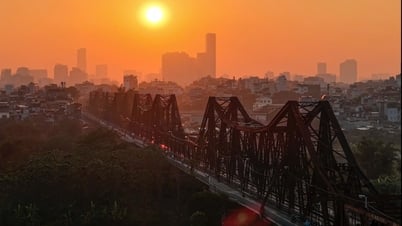

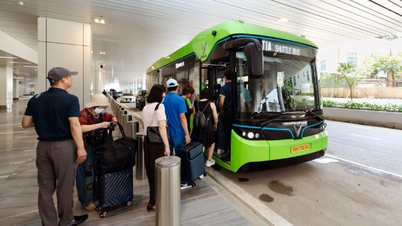





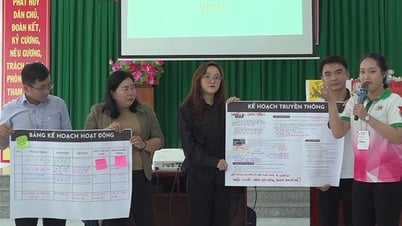
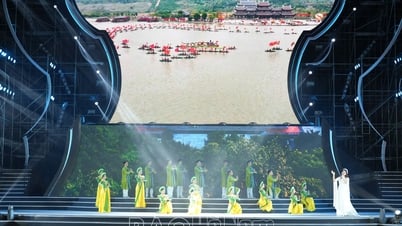

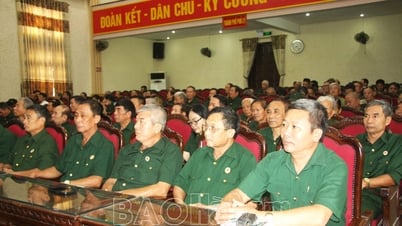

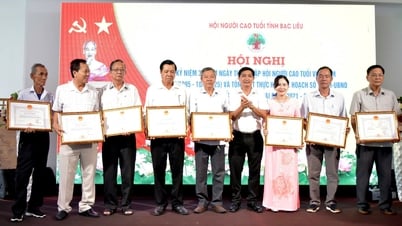






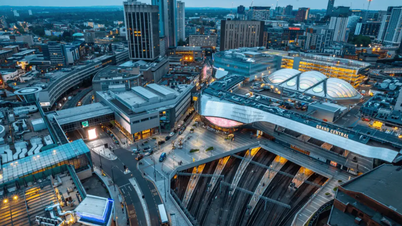
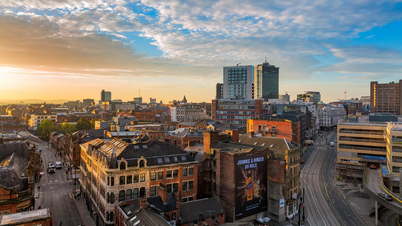


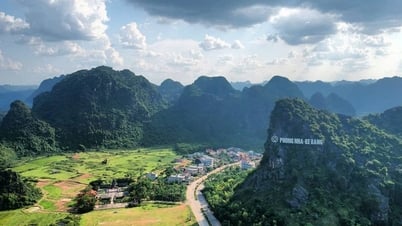

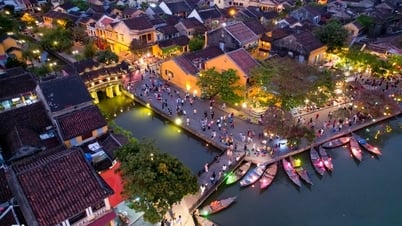

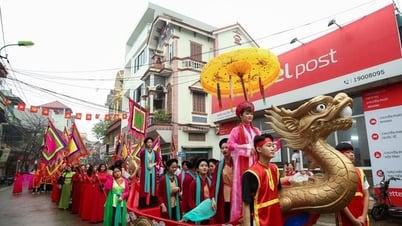



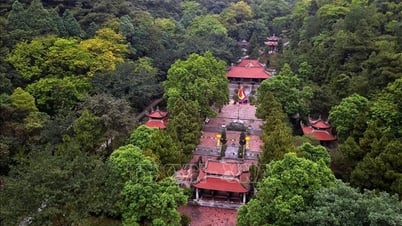



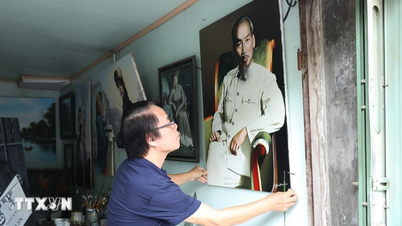

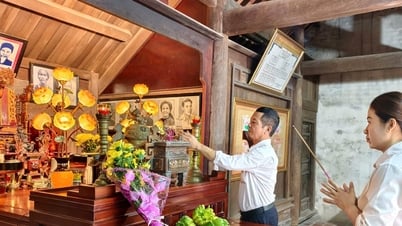





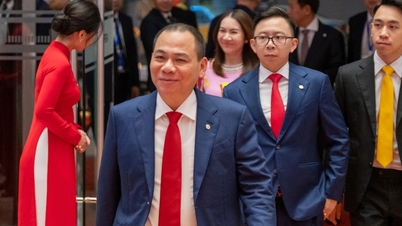










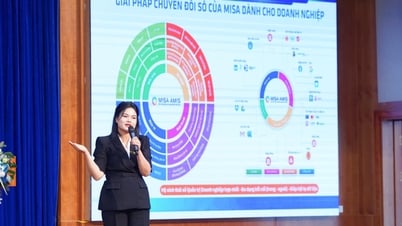

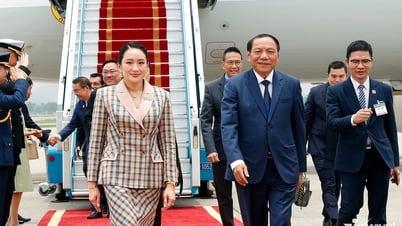
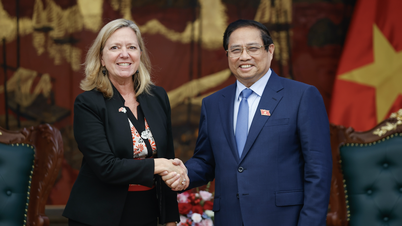

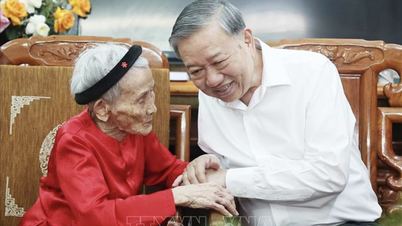




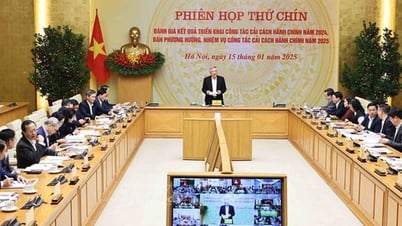
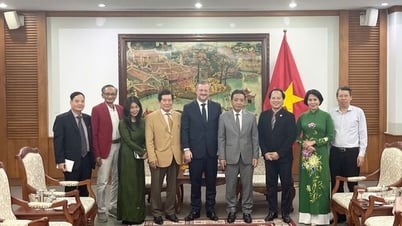
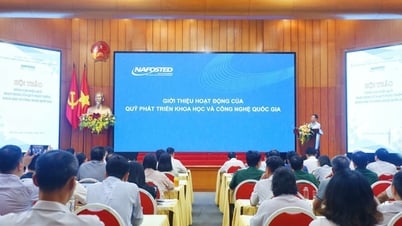

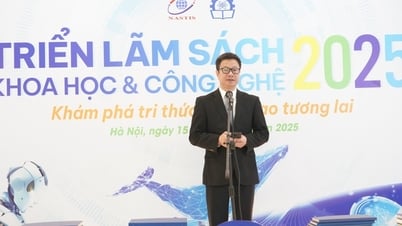
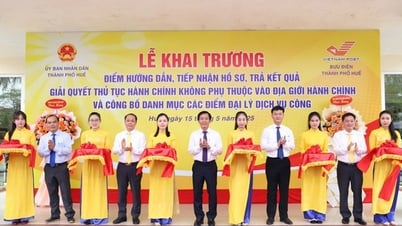
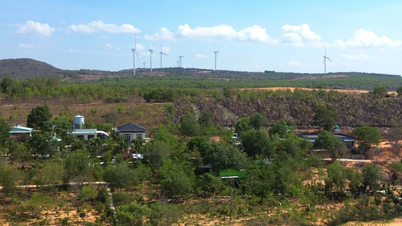

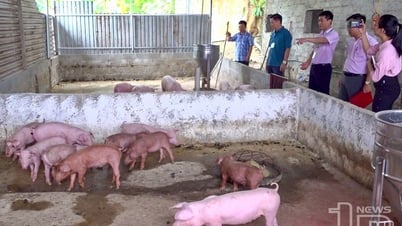

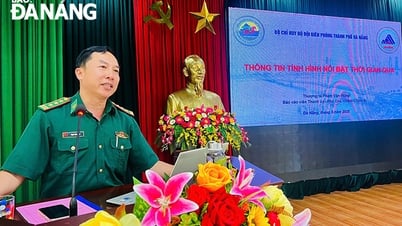



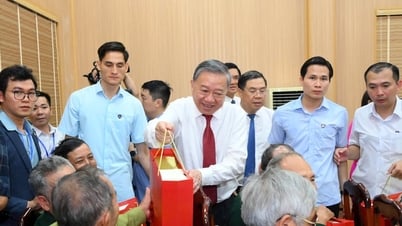
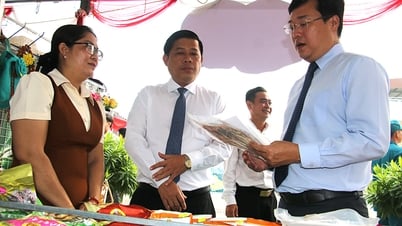




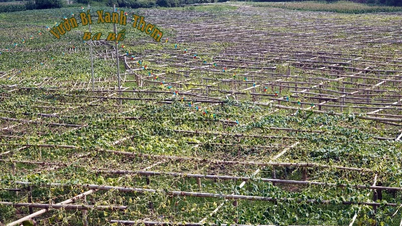
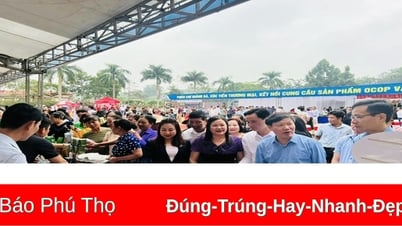

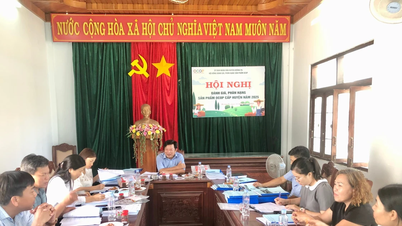
Comment (0)